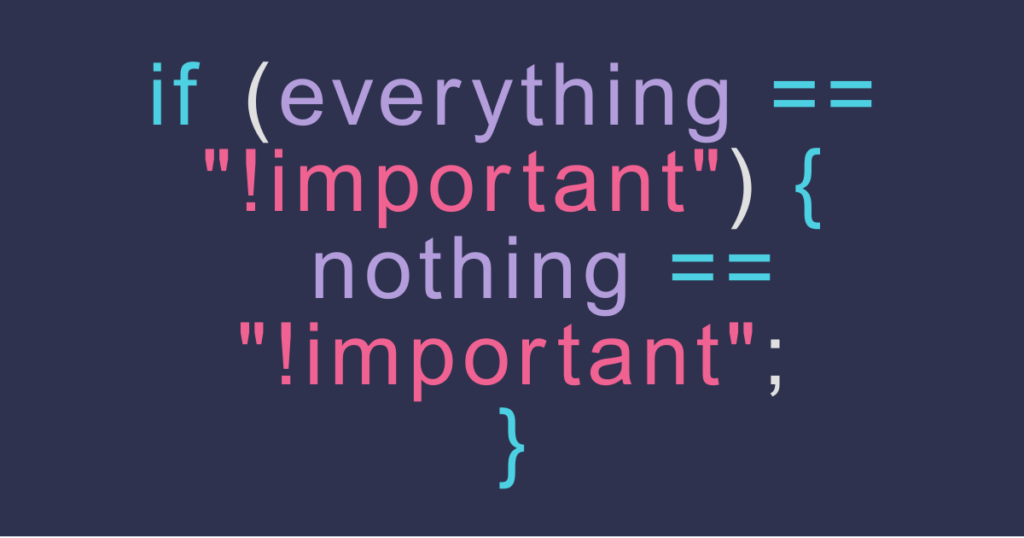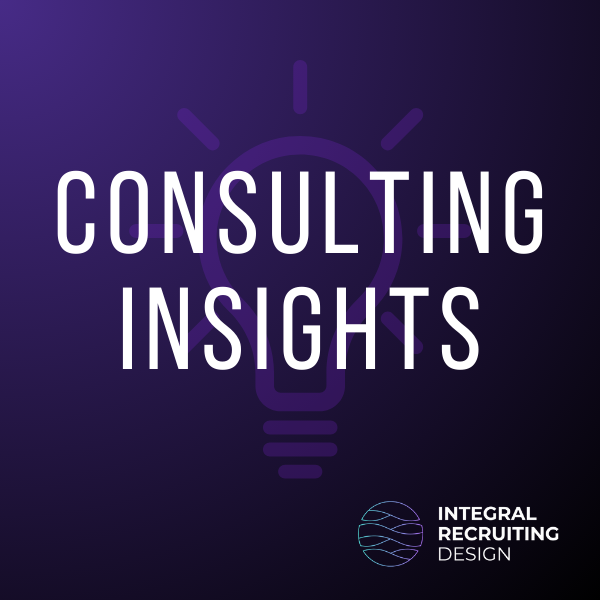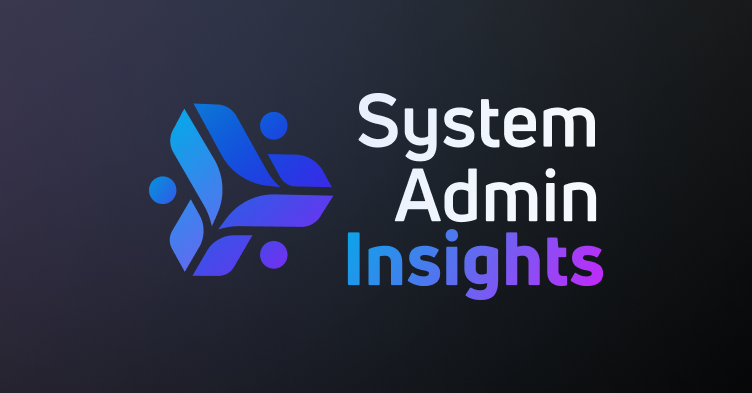
A few weeks ago, I dove into a late-night website edit that turned into a full-blown CSS spiral. Fueled by caffeine and curiosity, I was determined to make the UI just a bit cleaner, the buttons a bit snappier, the text just so. I opened up ChatGPT and started asking for help—what’s the right way to override this theme’s stubborn button padding? How do I force a hover state on a pre-styled container?
Again and again, AI gave me the same suggestion: add !important.
And so I did.
I added it to margins, to background colors, to font sizes and transitions. My codebase—if you can even call it that—quickly became littered with declarations of !important, each one shouting over the last. And you know what? It worked. Sort of. Things started looking the way I wanted. Until, of course, I forgot which declarations were controlling what, and why. When I came back to tweak something else, nothing behaved predictably. It was chaos wrapped in enthusiasm, wrapped in late-night trial and error.
That’s when it hit me: I wasn’t just overriding CSS defaults. I was overriding my own future ability to collaborate with anyone else—or even with myself a few weeks down the line.
There are no developer notes. The system has no logic beyond my excitement and urgency in the moment. And while that’s fine for a personal project or a solo sprint, it breaks down quickly when someone else needs to make sense of it.
This Happens in HR Tech, Too
What I experienced with CSS is something I’ve seen countless times in HR systems: excited, under-resourced, deeply committed administrators working at a pace that leaves no room for documentation. Just like my website edits, decisions get made in the moment—solutions get patched, custom fields get created, workflows get copied and slightly adjusted. It works, until it doesn’t.
When someone else inherits the system, there’s often a pile of !important—decisions that were made with conviction, but without clear explanation. And like my CSS spaghetti, it becomes incredibly difficult to untangle what’s truly essential and what was just expedient.
When Everything’s, Important, Then Nothing Is
In CSS, !important overrides normal rules of priority. It’s a sledgehammer—helpful when used sparingly, destructive when used indiscriminately. The same applies to systems work. If you make every request from stakeholders the top priority, build every workaround into the foundation, and treat every fix as final, you end up with a system no one can change without breaking something else.
It becomes impossible to intuit what actually matters.
Best Practice vs. Real Practice
Was my website work “best practice”? Absolutely not. But it was real practice. It’s what I had time for. It was what I could learn in the moment, and it taught me a lot. There’s value in that. But it also reinforced the need to slow down sometimes—not just to fix things, but to frame them for others.
Whether you’re an HR system admin or a self-taught CSS tinkerer, the lesson is the same: you’re not just solving problems. You’re leaving a trail for the next person. Even if that person is future-you.
So What’s Really Important?
-
Documenting decisions, not just actions.
-
Knowing when to pause and reflect before you patch.
-
Leaving room for collaboration, even when you’re moving fast.
-
And maybe, just maybe, using
!importantonly when you actually mean it.
Because in a world where everything is marked urgent, the real skill is knowing what to prioritize—and why.





